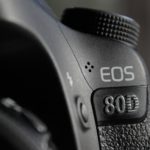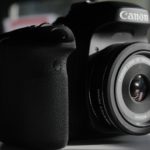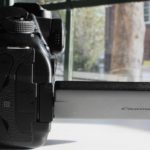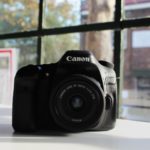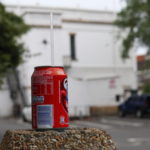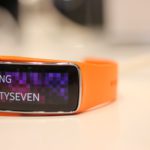Side hustles are no longer optional in South Africa. With food inflation still above 8 percent and electricity, transport and mobile data costs climbing…
Canon EOS 80D vs Canon EOS 70D: a worthwhile improvement?
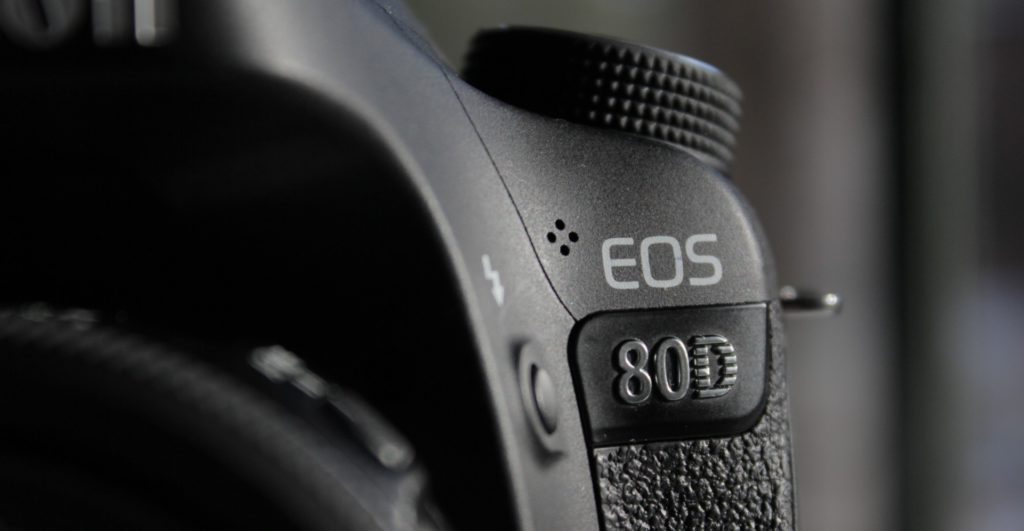
The Canon EOS 70D was an impressive camera and naturally its updated version, the EOS 80D had a lot to live up to. The EOS 70D capabilities, with its Dual Pixel CMOS AF and touch screen, allows one to simply tap the screen and move focus to a different point in the frame, were not gimmicks but important features.
And now comes the EOS 80D, a camera that looks identical to its predecessor which itself looked similar to the 60D. The 80D has kept all the good features of the 70D and has added a few of its own, but can it stand on its own?
Pricing
The first thing to take note is the price difference between the two cameras. The EOS 70D body retails anything between R11 000 to R16 399 with a 18-55mm lens. The Canon EOS 80D will set you back R17 895 for a body and about R1300 more with a 18-55mm lens. The price difference isn’t huge.
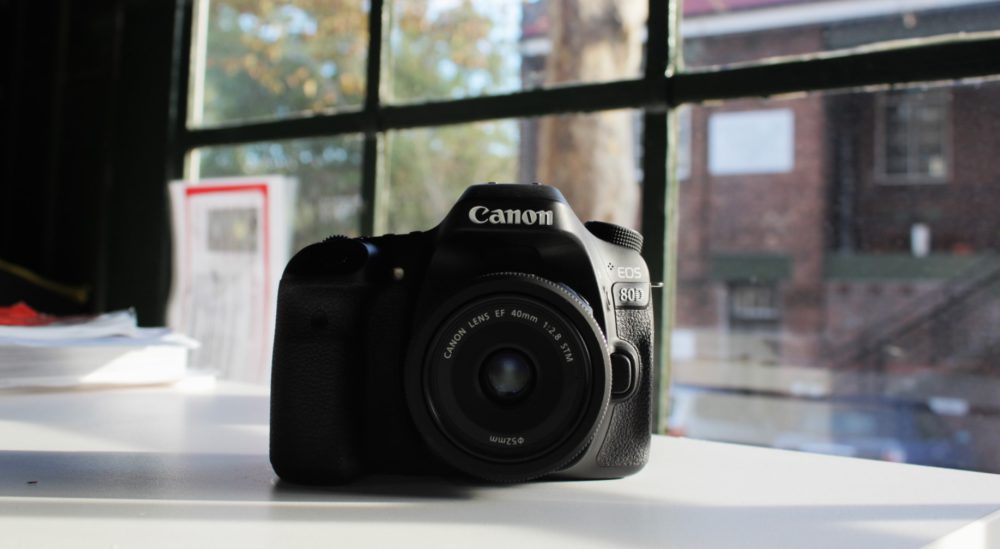
Design
The two cameras are virtually the same. Both have a polycarbonate and magnesium alloy body, and quite frankly it does not bother me one bit.
The EOS 80D does sport a more robust body as it’s sealed against dust and moisture. There is, in this upgrade, a 3.5mm headphone jack so movie makers can monitor audio directly from the camera. It must be said though that the feature is not much use to people who use a separate sound recorder for sound.
There are differences in the design though. These come in the form of minor tweaks to button positions, with functionality remaining largely the same.
Improvements on the 80D

Cover Image
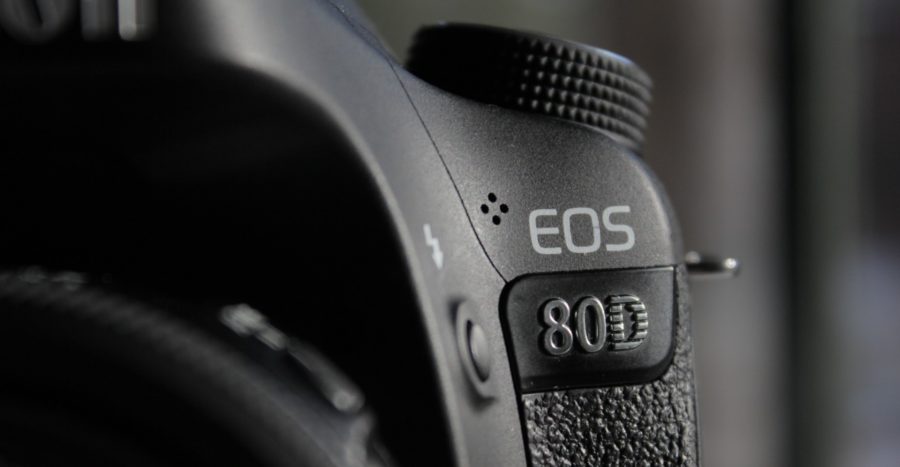
Img_9730
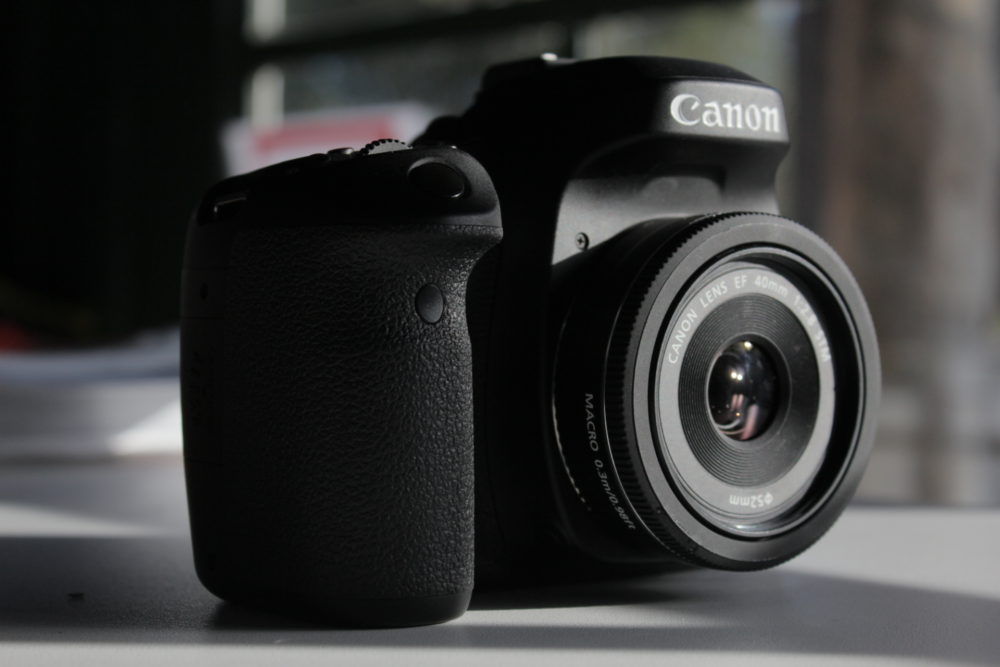
Edited1
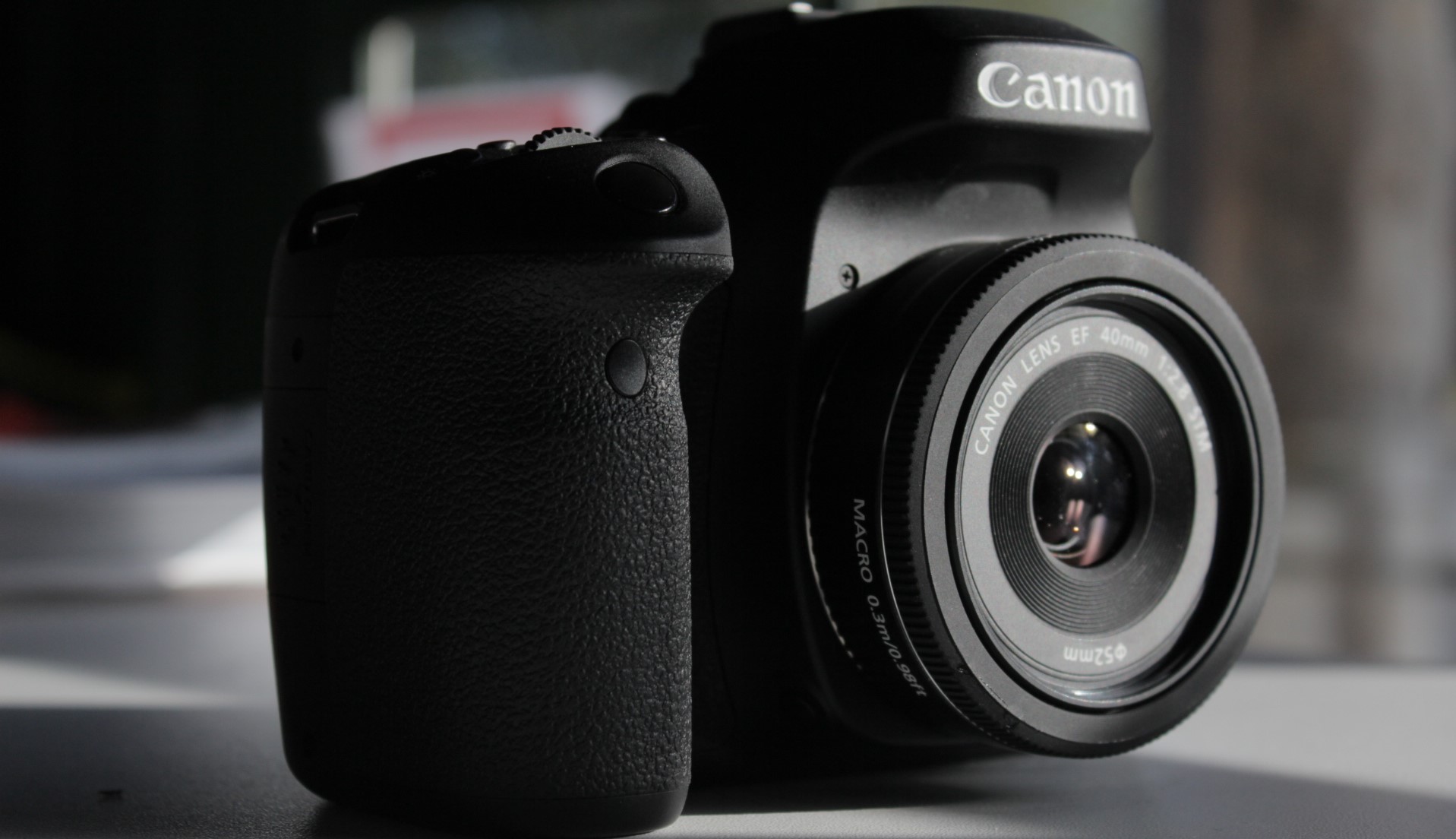
Edited2
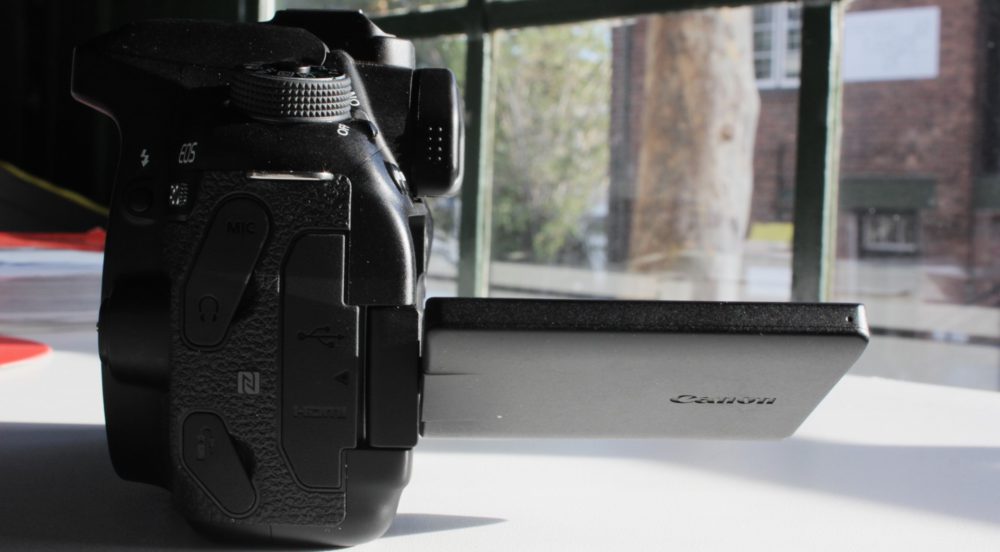
Edited4

Food
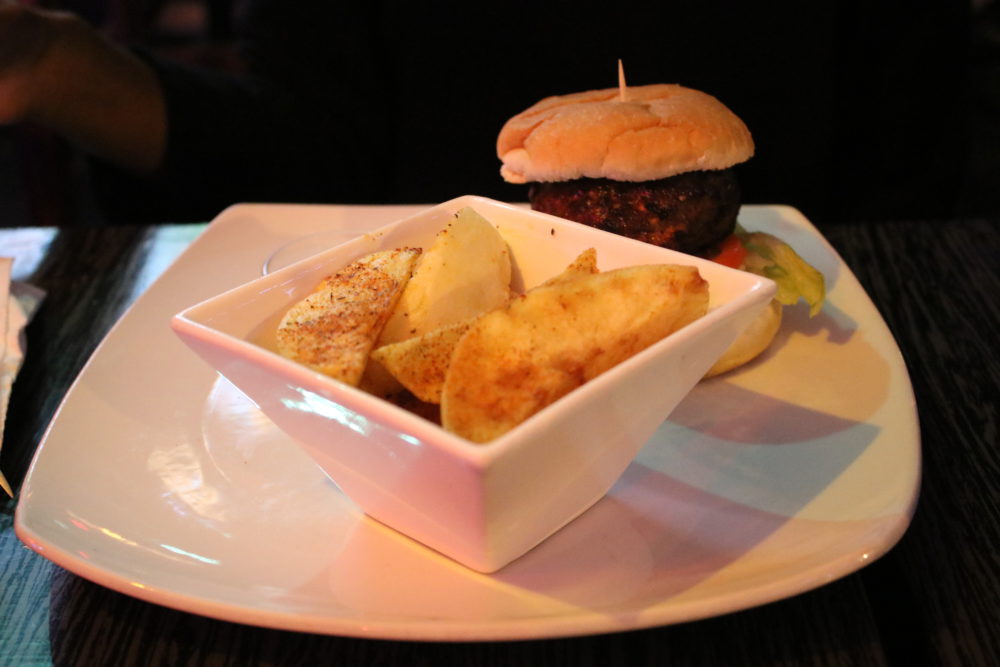
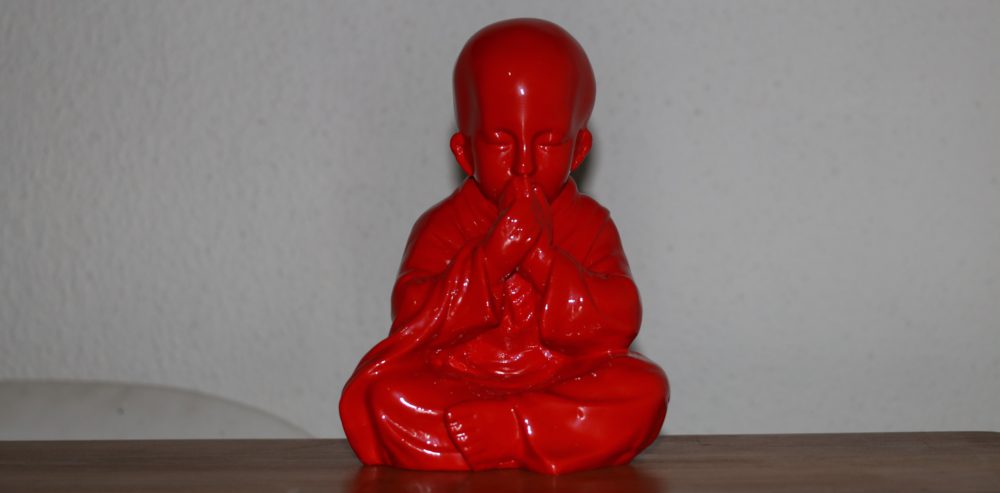
Img_1460
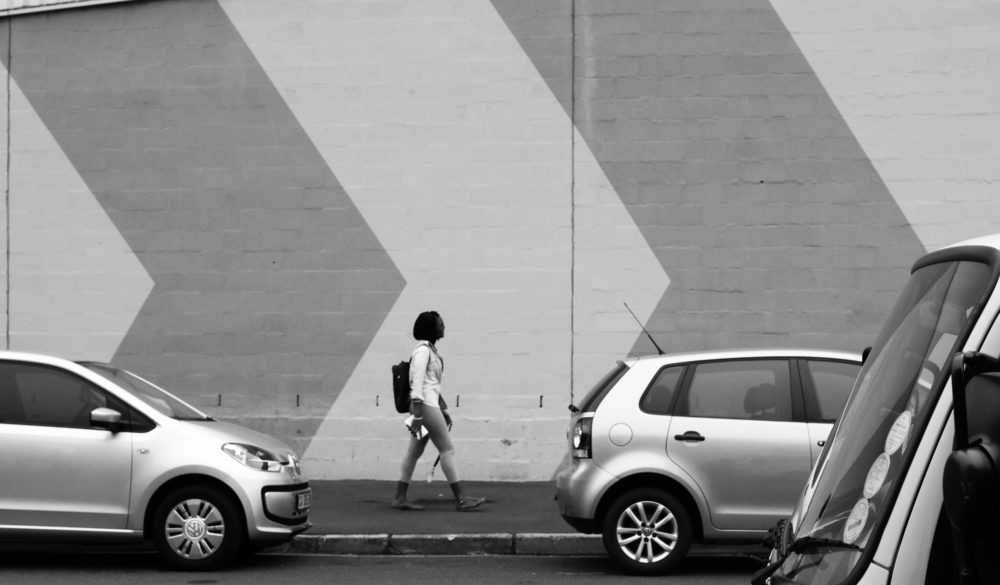
Factory

Drink
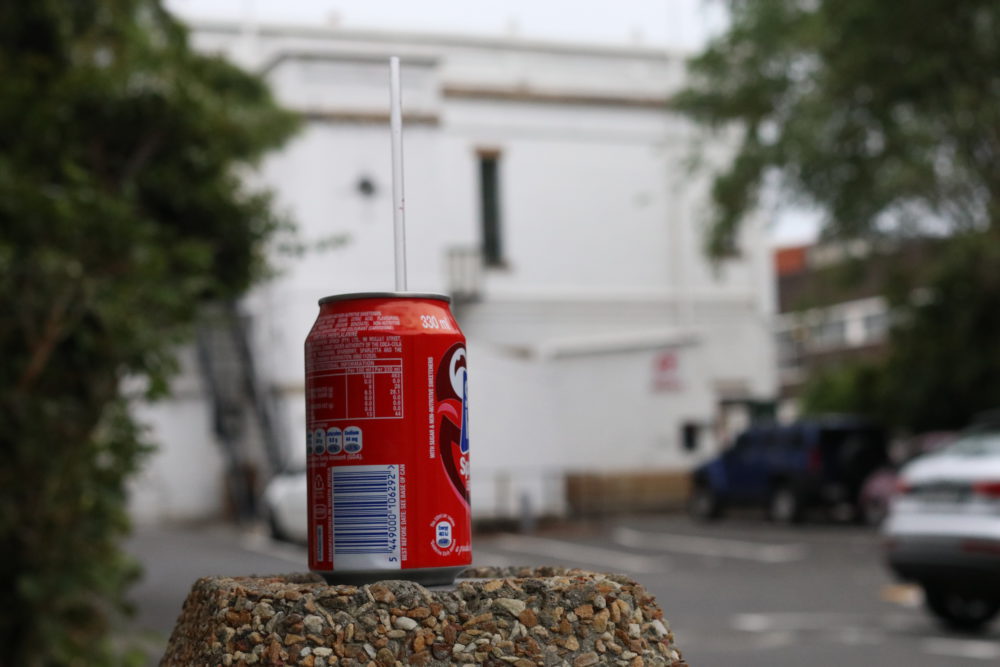
Loose Lights
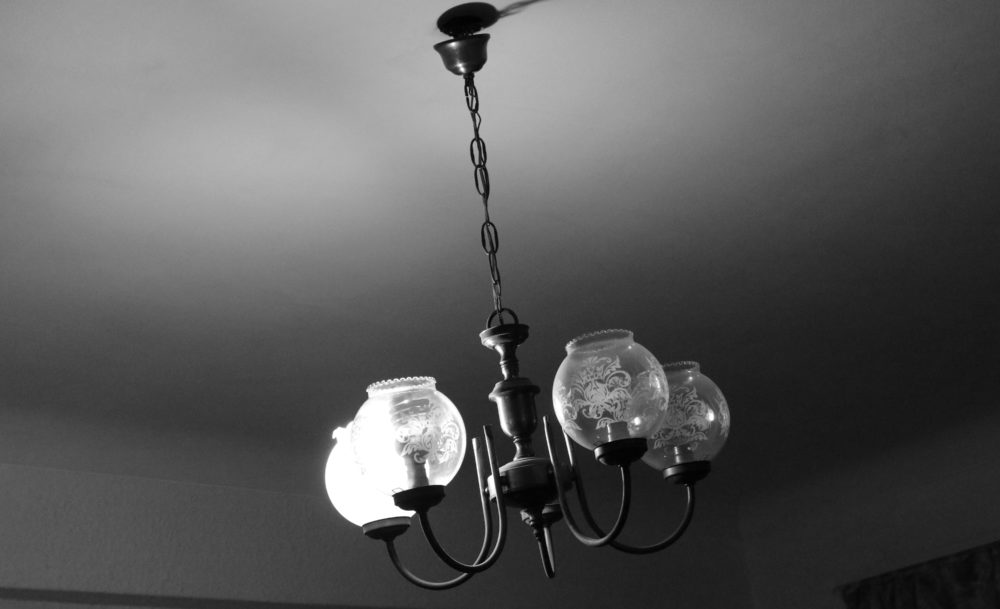
City Cyclist

Light
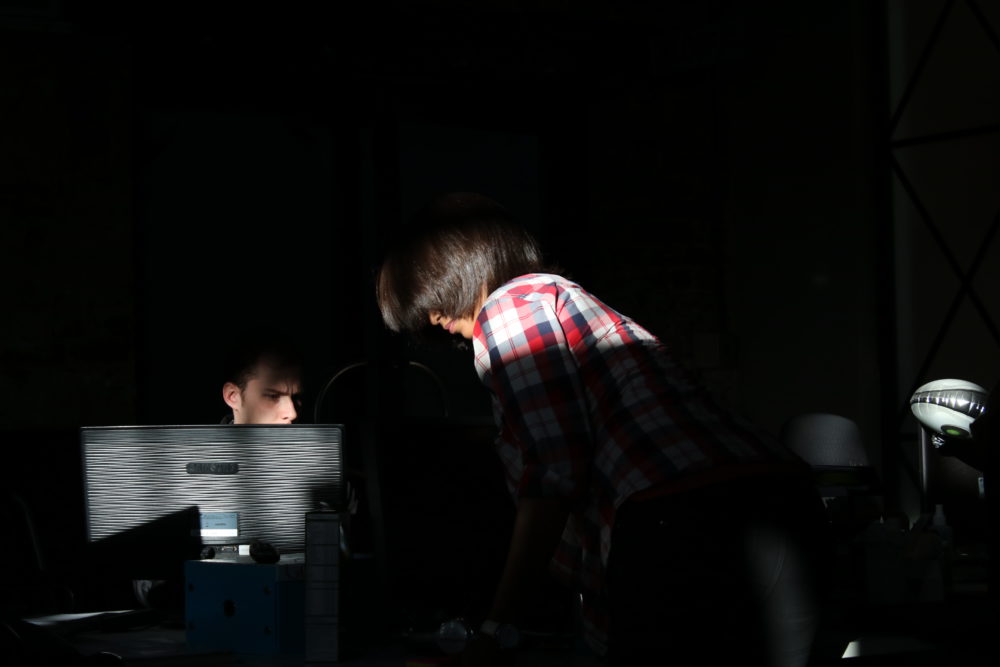
Fog

The 80D, besting the 70D, now supports WiFi and NFC capabilities — so the camera and your smartphone can work together. The 80D also has a timelapse mode.
The NFC on the 80D is far better than the simple WiFi was on the EOS 70D, and allows for smooth connection with Android devices and is even compatible with Canon’s Connect Station storage unit.
The sensor resolution of the camera has been raised from 20.2MP to 24.2MP.
The third improvement is the number of AF points, increasing from 19 to 45. The viewfinder has seen massive improvements, and is now 100% accurate compared to the 98% in the 70D. It might be a small number, but it does wonders for the photographer’s confidence and trust in the camera.
Video mode on the 80D now also supports 1080p/60fps recording, while there’s also Dual Pixel CMOS AF system present.

With 4K becoming synonymous with anything that calls itself a camera, it’s interesting that Canon left it out of this model. This could put off people who are looking for a camera that can shoot both high end resolution for images and videos. The camera also doesn’t have an HDMI output, a bizarre mistake by Canon, perhaps believing that the wireless transfer system is enough.
Verdict: The Canon EOS 70D was an amazing release by Canon. Its update, the Canon EOS 80D, is a great camera but it feels like the company didn’t do enough to make it stand out on its own with new features. Still a great camera for beginners, but are you willing to pay the extra cash to have one?
Score: 7/10
